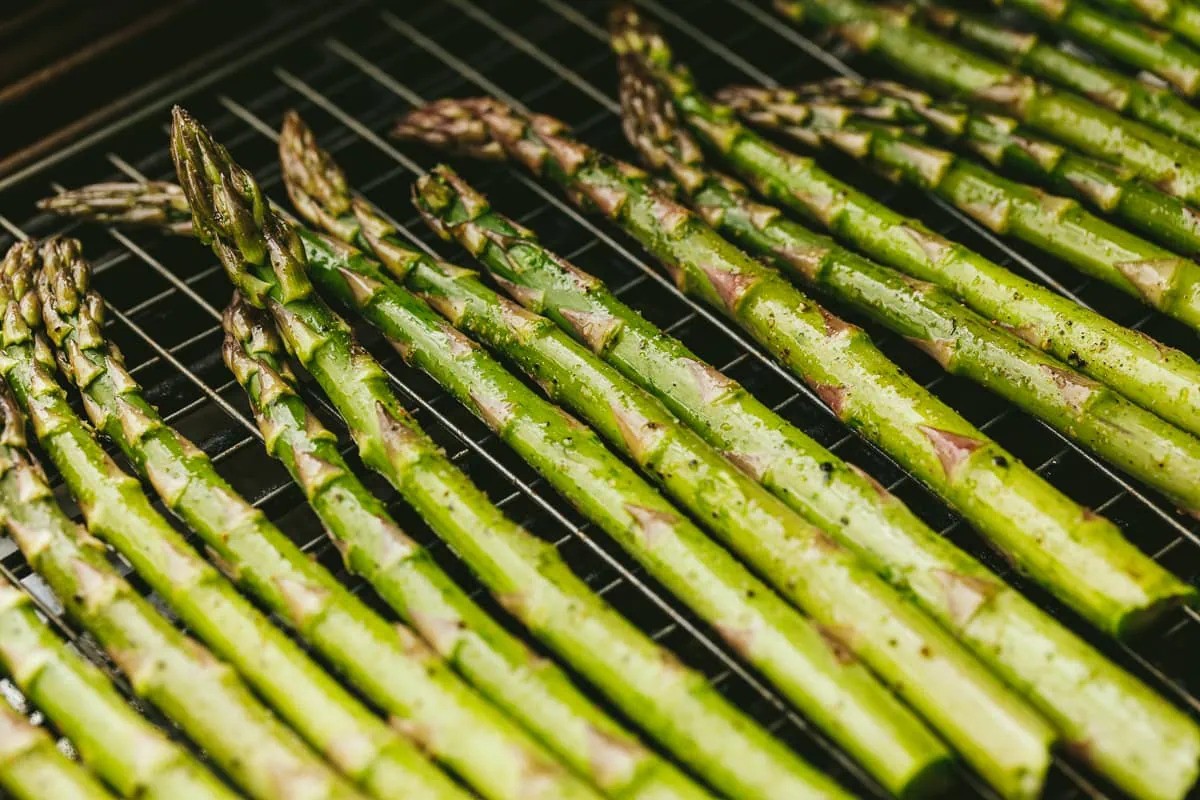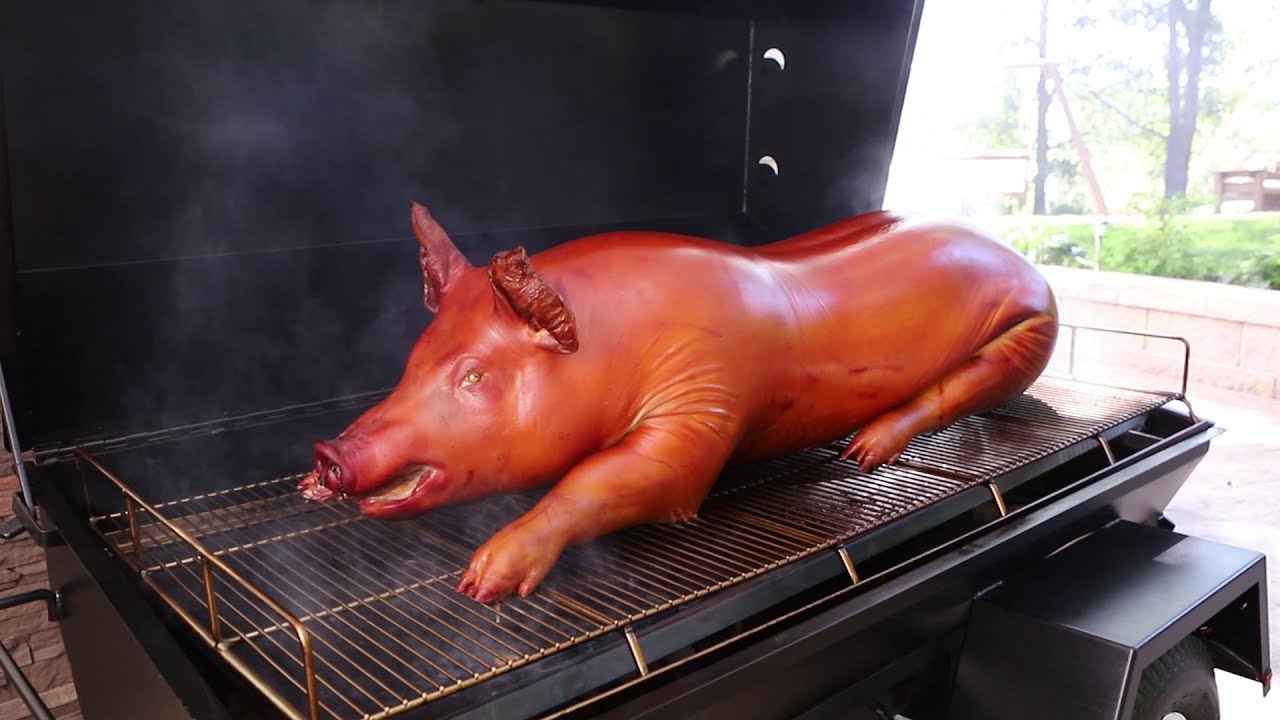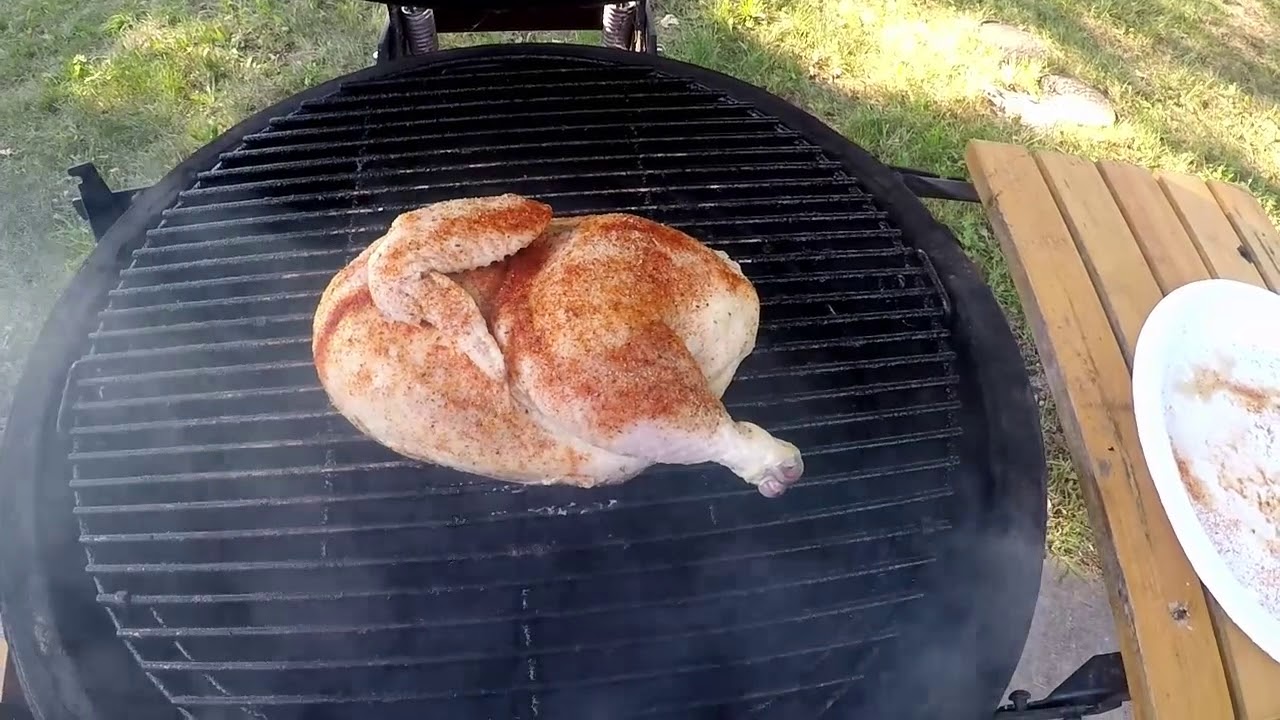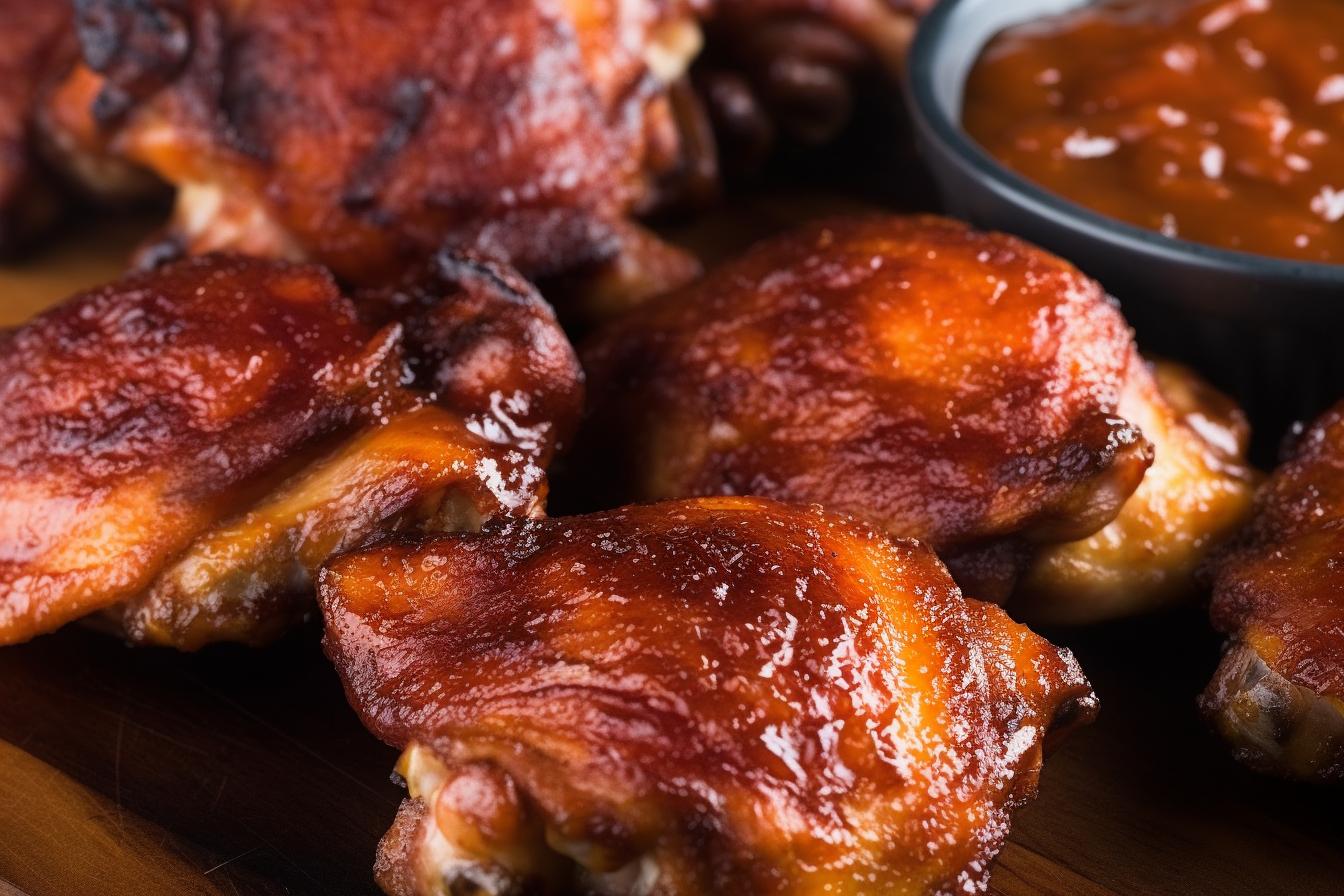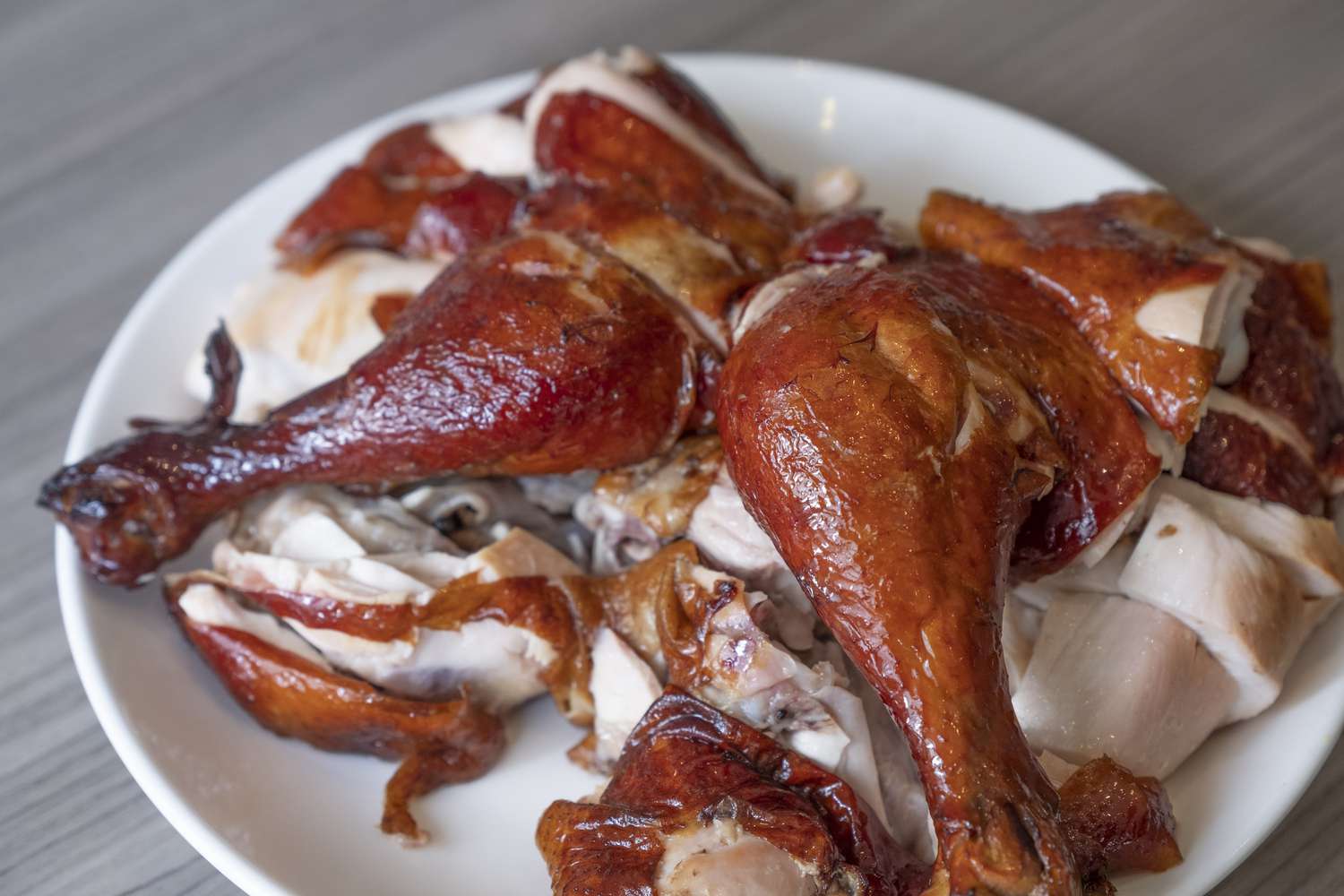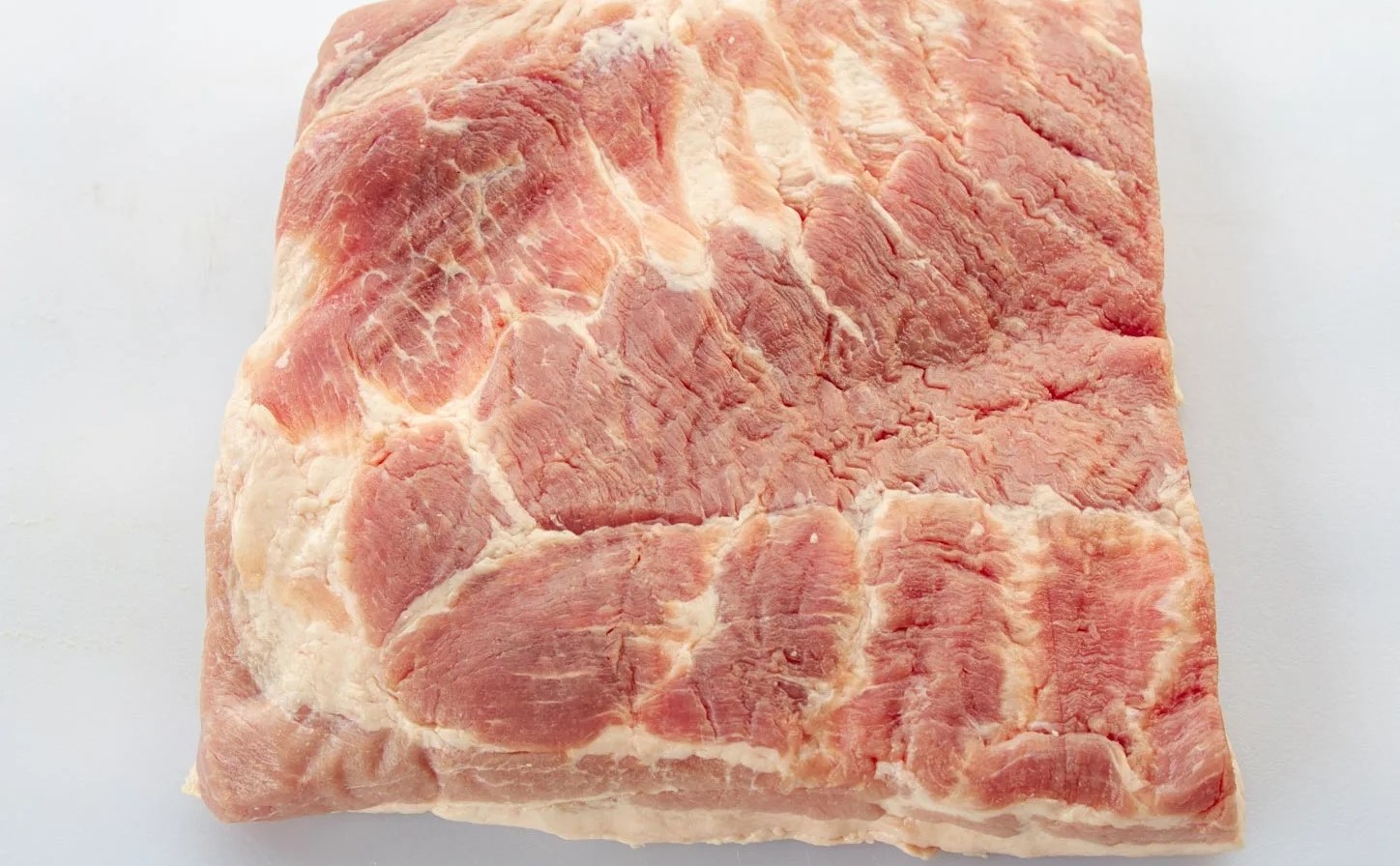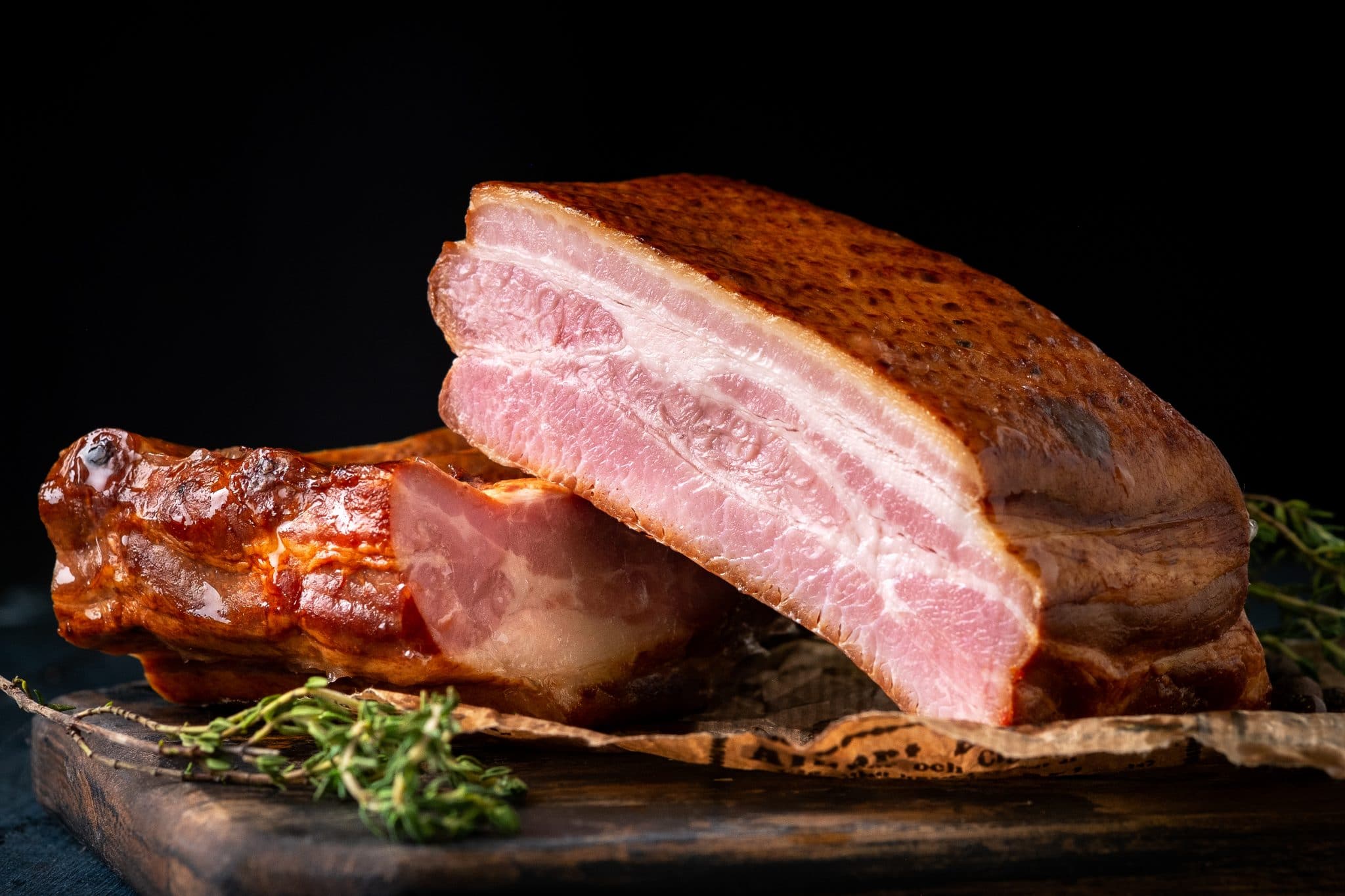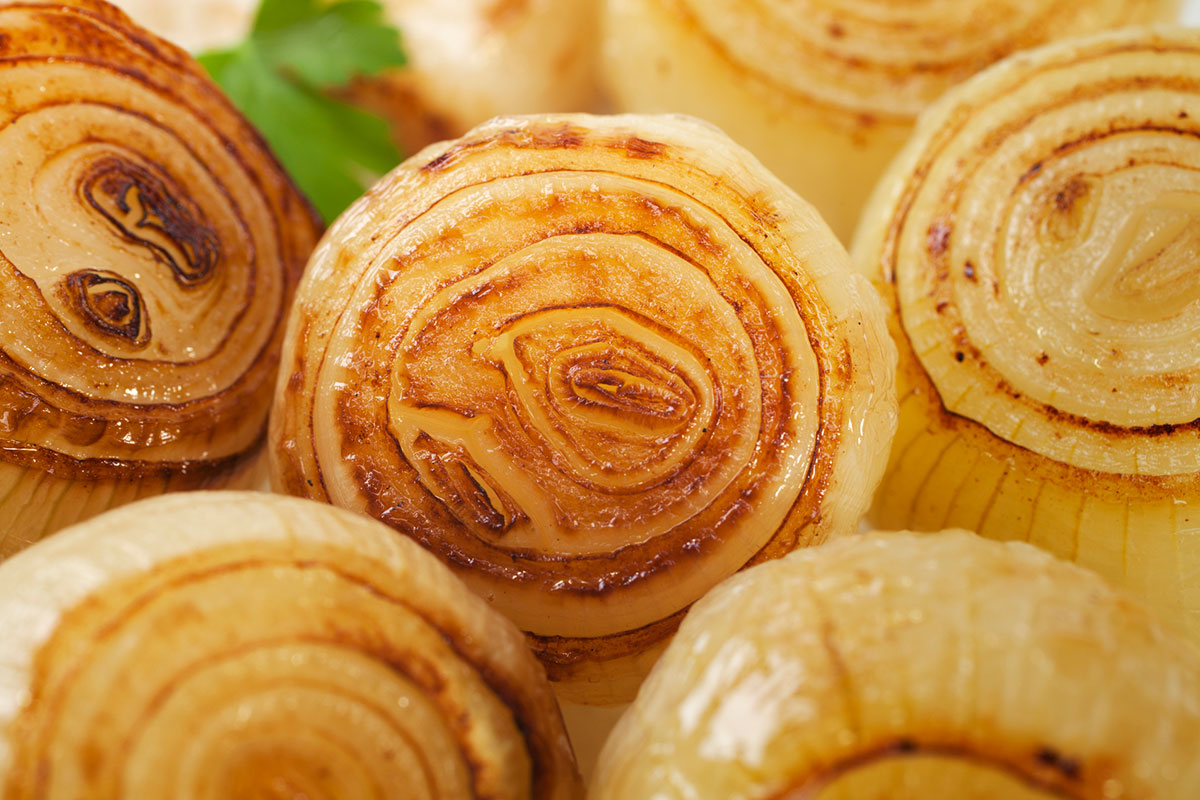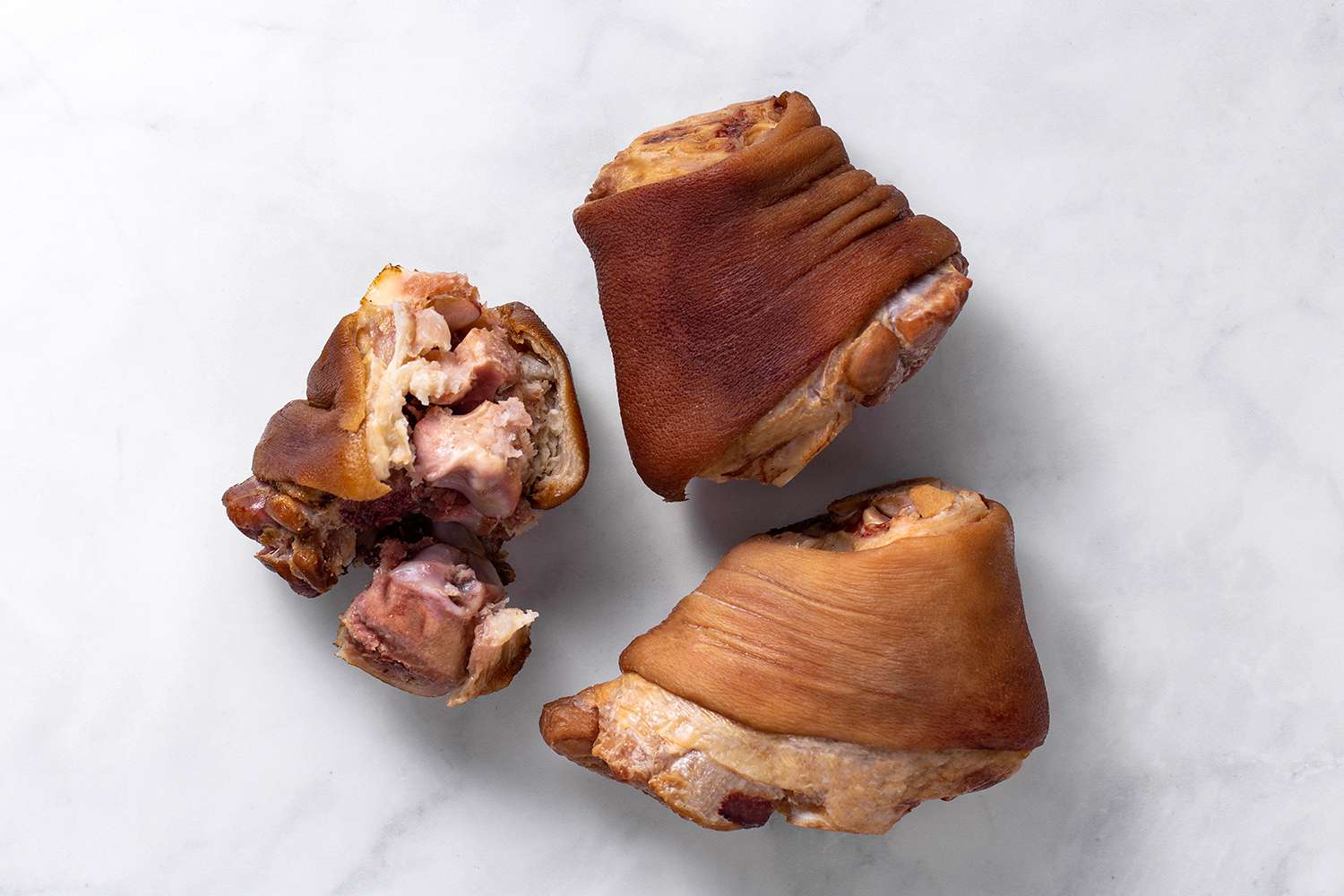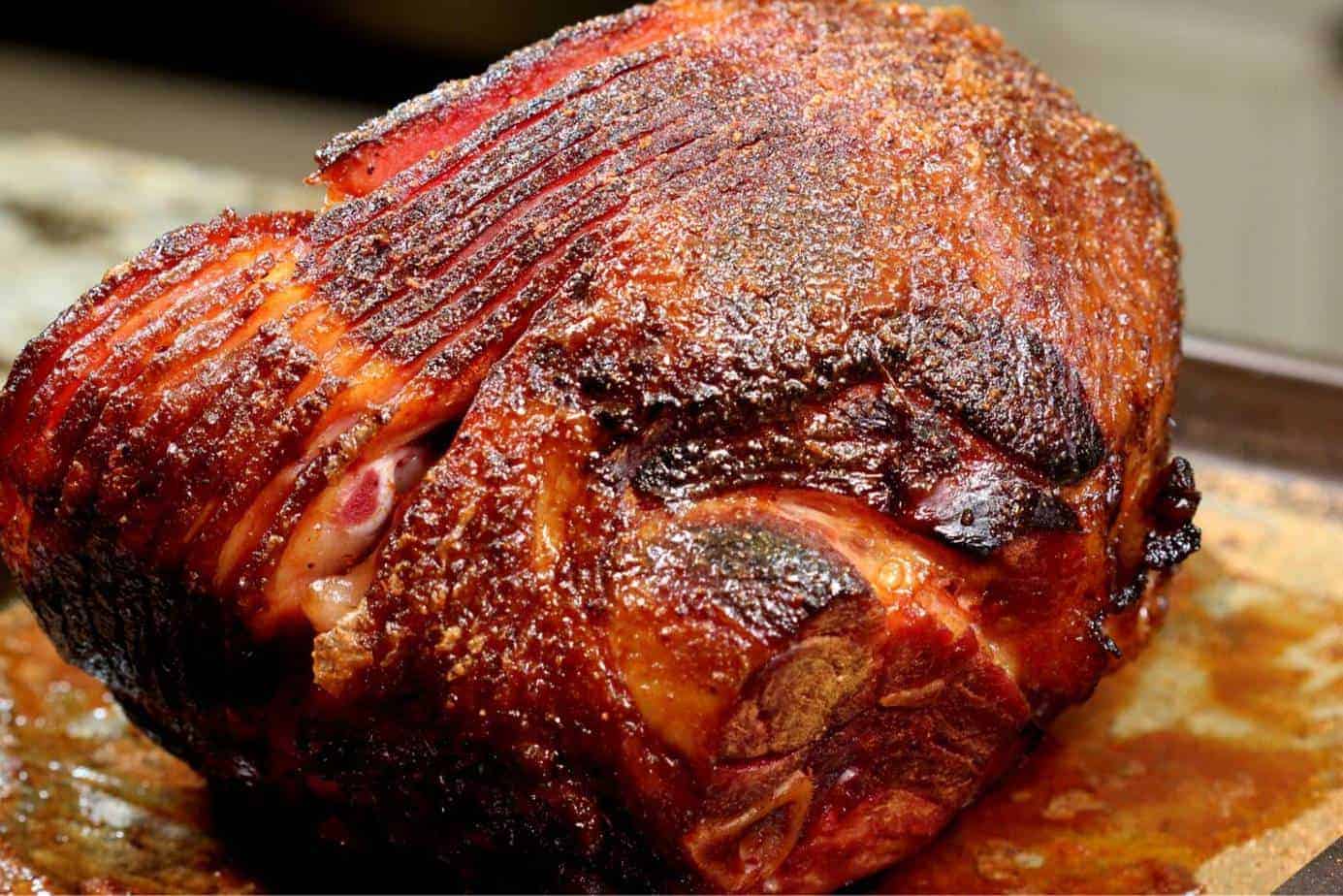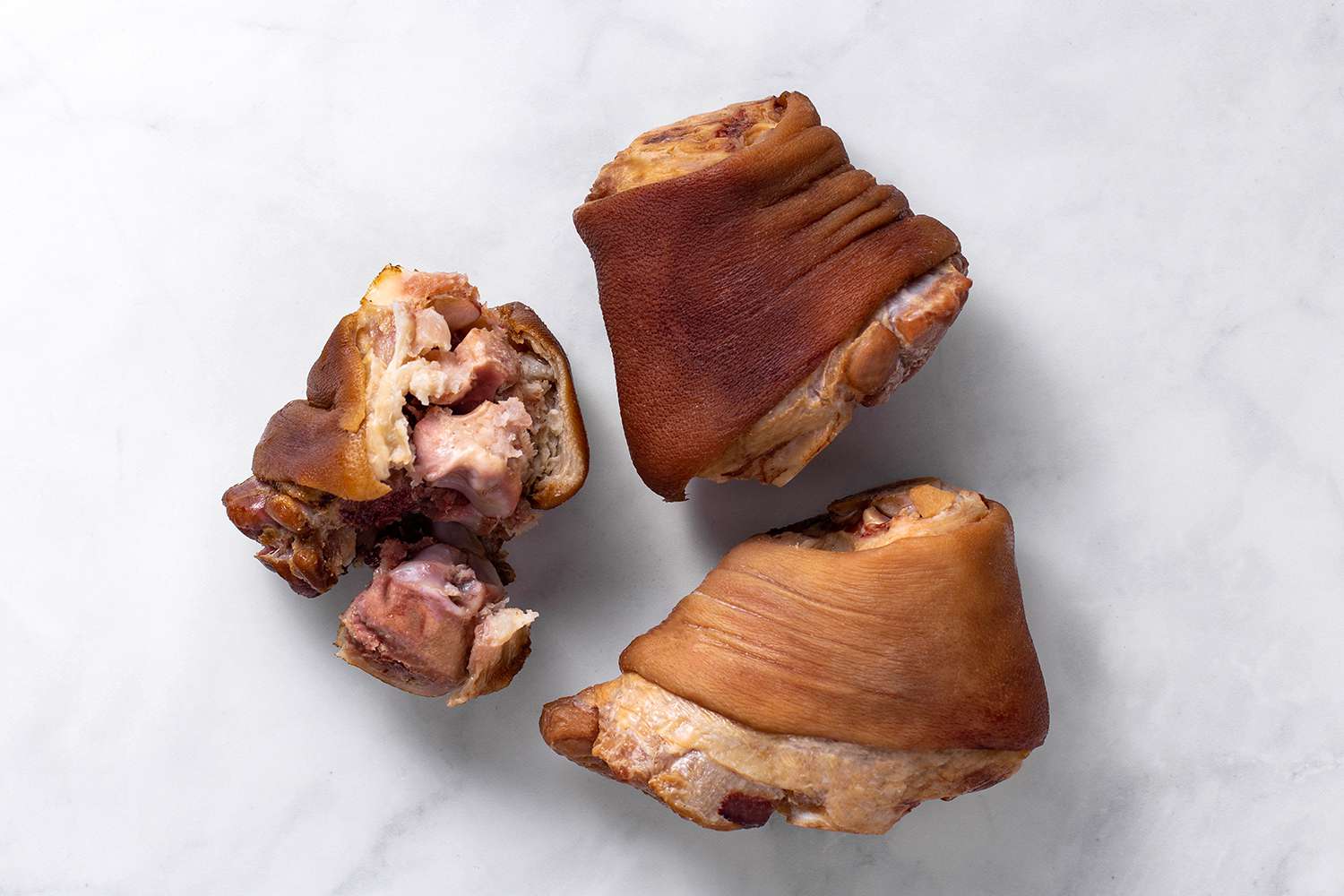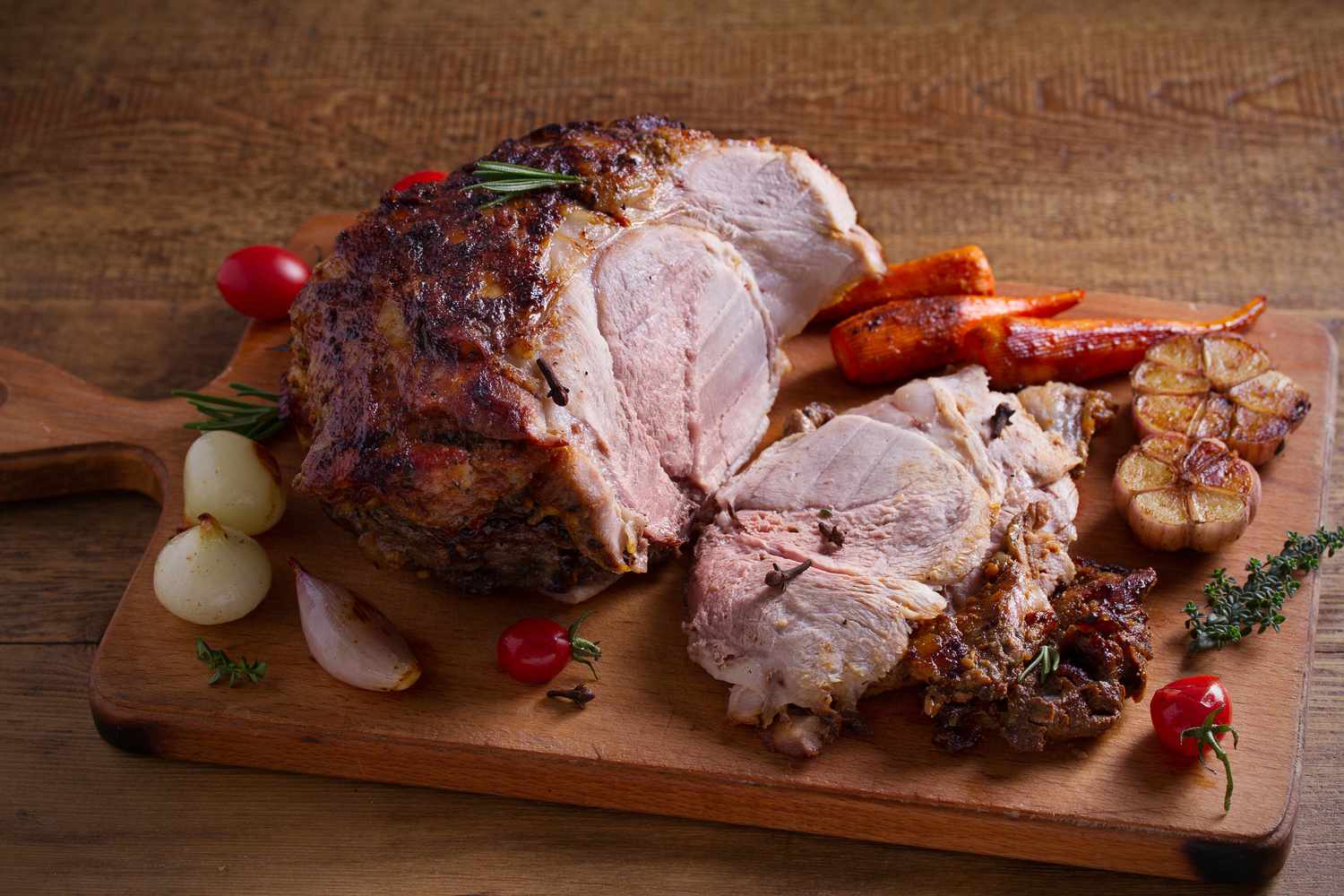Offset smokers are a popular choice for outdoor cooking enthusiasts who want to infuse their food with that delicious, smoky flavor. If you're new to using an offset smoker, you may be wondering how to get started. In this guide, we'll walk you through the steps to help you master the art of smoking on an offset smoker.
Choosing the Right Wood
When it comes to smoking on an offset smoker, choosing the right wood is essential. Different types of wood impart different flavors to the meat, so it's important to select a wood that complements the type of meat you'll be smoking. Some popular options include hickory, mesquite, apple, and cherry wood. Experimenting with different woods can help you find the perfect flavor for your smoked dishes.
Preparing the Smoker
Before you start smoking, it's important to prepare your offset smoker. Here's what you need to do:
- Clean the smoker: Make sure the smoker is clean and free of any leftover ash or debris from previous use.
- Preheat the smoker: Start a fire in the firebox and allow the smoker to preheat to the desired temperature. This will help ensure a consistent cooking temperature throughout the smoking process.
- Add the wood: Once the smoker is preheated, add your chosen wood to the firebox. The wood will smolder and produce smoke that will flavor the meat as it cooks.
Preparing the Meat
While the smoker is preheating, it's time to prepare the meat for smoking. Here are some tips for getting your meat ready:
- Season the meat: Use your favorite dry rub or marinade to season the meat and add flavor.
- Monitor the temperature: Use a meat thermometer to monitor the internal temperature of the meat as it smokes. This will help ensure that the meat is cooked to perfection.
Smoking the Meat
Once the smoker is preheated and the meat is prepared, it's time to start smoking. Here's how to do it:
- Maintain a consistent temperature: Keep an eye on the temperature inside the smoker and make adjustments as needed to maintain a consistent cooking temperature.
- Add more wood as needed: Throughout the smoking process, you may need to add more wood to the firebox to keep the smoke flowing and maintain the desired flavor.
Monitoring the Smoking Process
Smoking meat on an offset smoker is a slow and steady process. It's important to monitor the smoker and the meat throughout the smoking process to ensure the best results. Here are a few things to keep in mind:
- Patience is key: Smoking meat takes time, so be patient and allow the smoker to work its magic.
- Check for doneness: Use a meat thermometer to check the internal temperature of the meat. Different types of meat have different recommended internal temperatures for doneness, so be sure to consult a cooking guide for specific recommendations.
Enjoying the Results
Once the meat has reached the desired level of smokiness and doneness, it's time to take it off the smoker and enjoy the fruits of your labor. Whether you're smoking ribs, brisket, or chicken, the rich, smoky flavor imparted by the offset smoker is sure to be a hit with your friends and family.
In conclusion, smoking on an offset smoker is a rewarding and delicious way to cook meat. By choosing the right wood, preparing the smoker and the meat, and monitoring the smoking process, you can achieve mouthwatering results that will have everyone coming back for more. So fire up your offset smoker and get ready to impress with your newfound smoking skills!
Was this page helpful?
Read Next: How To Smoke Whole Lobster
